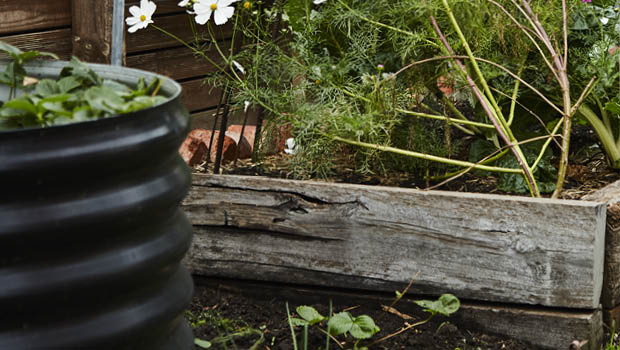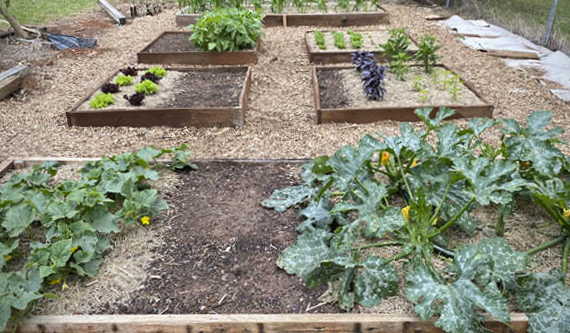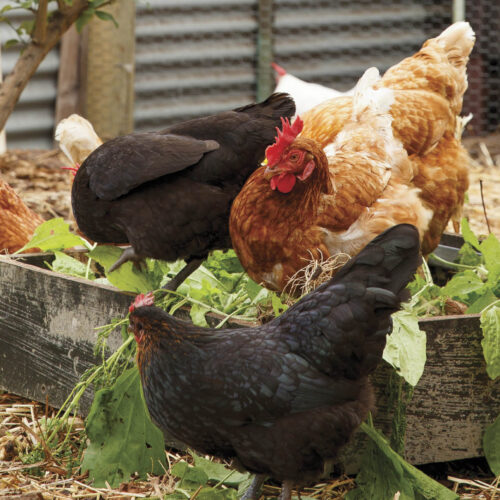Build a bed for your vegies
2020-11-03T01:53:43+11:00
Planning your vegie patch? There's one question many of you might be asking: are raised beds right for me? Have a read and find out.
To raise your vegetable beds, or not to raise your vegetable beds. That, my friends, is a very fair question. Raised beds are all the rage at the moment, to the point that when I speak to beginning home growers they assume that raised beds are the default method of making a garden.
Over the years I’ve used a range of bed making techniques. I’ve grown directly in the soil at ground level, I’ve made dirt cheap market garden style raised beds with unrestrained edges, I’ve made lasagne style no dig beds, and I’ve built timber edged beds from materials like sleepers and scavenged hardwood. They’ve all served a purpose and each method has its advantages and disadvantages. However in my latest garden build, I’ve returned to timber raised beds after a few years of market garden style. Here’s my reasoning:
- Raised beds are easy to manage. It’s a cinch to drag a hose around while watering, contained beds keep paths as paths and beds as beds, they stop soil washing away, and they generally make for an attractive, pleasurable work space.
- They facilitate a booming soil ecology. I have very poor site soil, so raised beds have allowed me to import a custom soil mix (a third mushroom compost, a third premium organic soil mix, and a third screened red topsoil) that should form the basis for long term soil health. By contrast, my site soil is taking years to improve.
- Raised beds drain well (important in high rainfall areas), and they warm up a bit quicker in spring.
- I find it easier to manage crop rotations with raised beds. Having beds of various sizes allow me to move various plant families from one bed to another according to the seasons, reducing the build up of diseases in the soil.
I built my latest beds from timber that was cobbled together from the demolition of an old, tumble down shed. It’s untreated hardwood, an ideal material if you’re planning to make beds with timber. Avoid using treated timber, which contains toxic chemicals that may leach into the soil. As for other edging materials, there are loads of options – corrugated steel, bricks, stone, woven bamboo, earthbags, recycled crates or IBCs, even things like old boats and bathtubs can work well.
I built my beds approximately 200mm high – the width of a standard timber sleeper. I find that this height strikes a nice balance between workability (I like to occasionally dig my beds over with a broadfork), affordability (high raised beds need lots of fill material) and plant health. If you have mobility issues, plan to make wicking beds, or need to build beds over a solid base like concrete, it makes sense to raise your beds higher.
So, in answer to my initial question, I say: raise those beds! They’re a great example of form and function working together for a very worthwhile purpose.

Having beds of various sizes allows you to move various plant families from one bed to another, according to the seasons. (Photo: Kirsten Bresciani)
Justin Russell knows his organic gardens and has written many articles about them for OG. Here’s some to help get your garden going:






